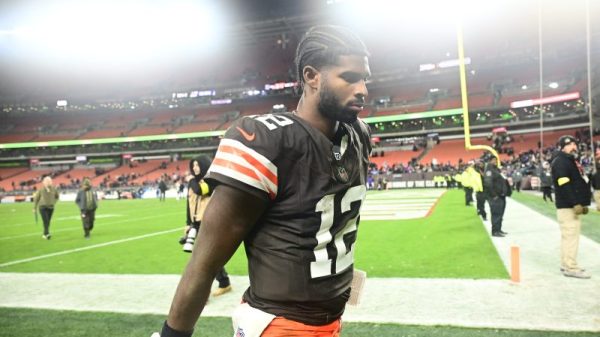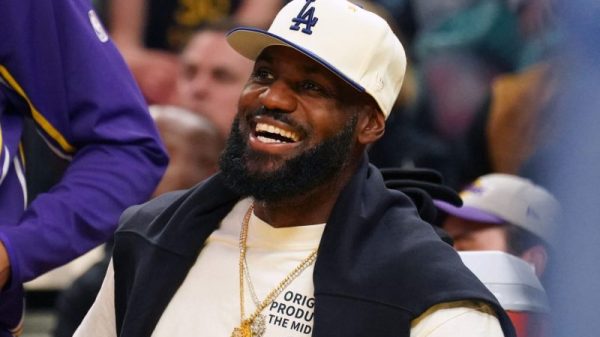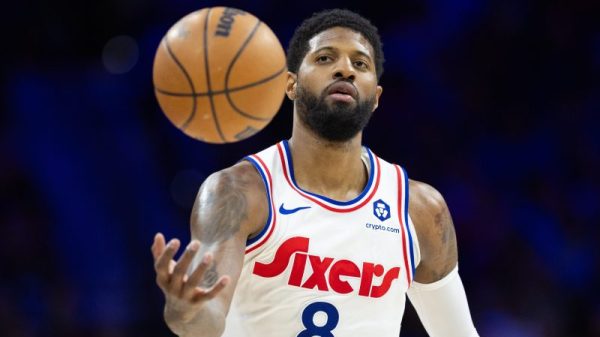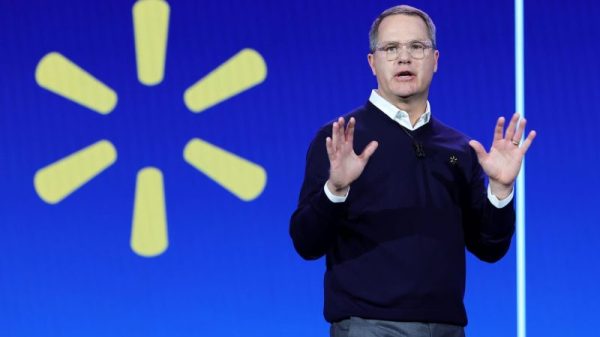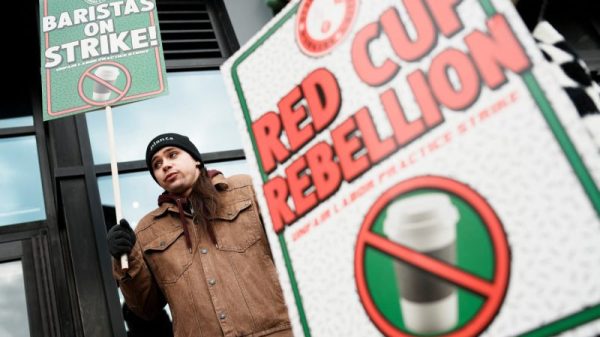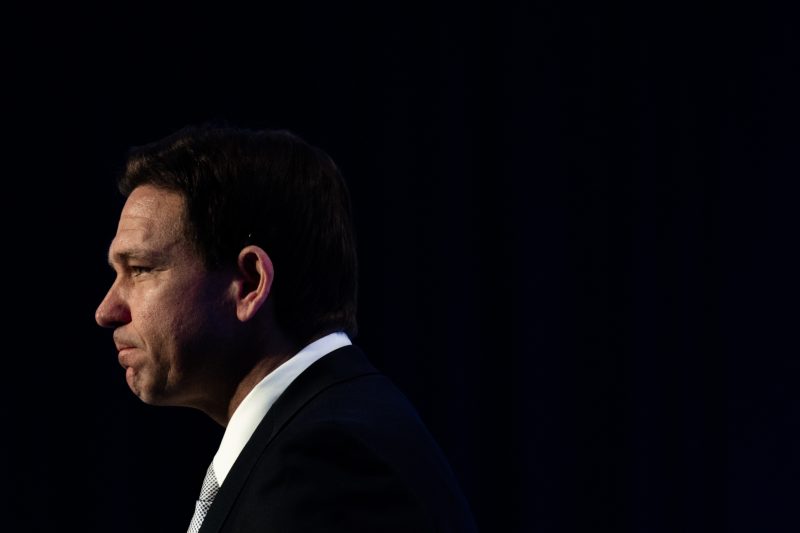2014 was a weird year for American politics, a point of transition between the old politics and the new, though that wasn’t always obvious in the moment. It was the year that established how Donald Trump would run in 2015 and the year that racial politics surged to the forefront of public attention.
It was also the year that Chris McDaniel tried to win the Republican nomination for the Senate in Mississippi through a then-novel strategy: outsourcing most of the actual campaigning to independent political action committees.
Normally — or, at least, traditionally — a candidate announces a bid for office and then builds out a campaign. Staffers are hired. Advertising and outreach are planned. Office space is secured. But all that costs money, and contributions are regulated by law, so fundraising and spending take an outsize role in the process.
What McDaniel’s campaign did, in large part, was hand over all that expensive stuff. It is illegal for a candidate and an outside PAC to coordinate because PACs can raise unlimited money and, if a candidate could tell them where to spend it, that would obliterate any campaign contribution limits. But it is legal for a PAC to run an entire independent campaign on behalf of a candidate. It can even invite the candidate to public events and share information with the candidate, as long as that information is shared publicly.
This in-public-only stipulation is why candidates sometimes publish B-roll footage of themselves doing typical candidate stuff, allowing PACs to use the footage in their own ads. It’s also why one too-clever PAC used anonymous Twitter accounts to publish cryptic strings of letters and numbers: “public” sharing of their poll data.
In 2014, it seemed as though McDaniel might be introducing a new world of campaigning. He could just be the campaign, raise a little money and go do stuff. The PAC could manage all the ads and door-knocking, taking in massive checks from donors to pay for it all.
In the years since, this idea of the small-candidate/big-PAC campaign has not really manifested substantially. There are big-spending PACs backing candidates, and, in fact, such efforts have come to be expected. But there hasn’t really been a candidate who has outsourced their campaign to a PAC lock, stock and barrel.
Until, perhaps, now.
That’s an overstatement, certainly, but new reporting from Politico, echoing past analyses, does suggest that the presidential campaign of Florida Gov. Ron DeSantis (R) is challenged not only by the limitations of its candidate but also by strains between the campaign and Never Back Down, the PAC that’s trying to get DeSantis to the nomination.
There exists, Politico’s Playbook team writes, a “fundamental disagreement over who should truly be in charge: the nominal campaign, which is under the direct control of the candidate and his closest advisers, or the super PAC, which can accept massive checks from wealthy donors but is barred from coordinating with DeSantis or the campaign.”
The PAC has spent a lot on ads and a robust field program — the term of art for that door-knocking, etc. The campaign is obviously aware of this effort and, in a memo to supporters earlier this month (during the first round of its efforts to reorient its efforts) the campaign made quiet references to what it expected the PAC to do, including its ad spending. When the campaign let some staffers go earlier this month, several were expected to head to the PAC, another way in which the two sides can share information. But that the campaign side had so many staffers at all was seen as a problem — which makes more sense when you view Never Back Down as the intended campaign organ.
Such a division of labor has some drawbacks, including that campaigns have spending advantages that super PACs lack. It’s also probably the case that candidates generally want to control their own destinies, particularly those, like DeSantis, who have run large efforts before. Of course, that DeSantis has less money to spend — and seems to have spent it quickly — doesn’t give him many options.
“It’s clear that NBD is going to be taking on a bigger role given the publicly available finances, and they are busy making ads and building the Iowa bus tour this week,” someone close to the PAC told Politico.
A lot of what DeSantis has spent was on media buys and mailings, rather than staff costs or travel. About 18 percent of his campaign’s non-media spending was for staff in the second quarter of the year, compared with 28 percent of former South Carolina governor Nikki Haley’s. But, then, he also spent 80 percent more on staffing than she did, according to a Post analysis of campaign finance reports. And that’s despite his jumping into the race only in late May.
If you’re Never Back Down, with your nine-figure war chest, that’s probably frustrating. So is DeSantis’s habit of spending on private jets instead of commercial air travel.
Obviously, this is not DeSantis’s only problem. His campaign fired a staffer this week who had created and promoted a video featuring a white nationalist symbol. On Wednesday, the governor said that he might consider appointing Robert F. Kennedy Jr. to head the Food and Drug Administration or the Centers for Disease Control and Prevention, despite Kennedy’s history of spreading vaccine misinformation. All of that media spending, meanwhile, did nothing to improve DeSantis’s position relative to front-runner Donald Trump in national polls.
What might also be frustrating to Never Back Down, though, is that DeSantis is stumbling at the most basic part of their shared effort: being an effective candidate. Numerous news reports and viral incidents have suggested that the candidate’s charisma might not be particularly noteworthy. His being a good candidate is a central part of what he’s supposed to bring to the table here, and it’s not clear, at this point, that he will.
After it was reported that the campaign was firing more staffers (meaning that it has now trimmed more than a third of its peak head count), the DeSantis team put out a memo meant to comfort supporters.
“We will press the gas on what works and pump the breaks [sic] on what doesn’t,” it assured readers. It would also “cut down on event and travel costs” and turn its resources to the campaign’s core advantage: Ron DeSantis and his message. Both free and both, should the Federal Election Commission come calling, firmly within the aegis of the campaign itself.
Distilling the DeSantis campaign to little more than DeSantis is economical and shunts the costs and responsibility to the super PAC in a way that Chris McDaniel would have appreciated. Bringing only DeSantis’s retail skills to the table, though, does invite other questions.







